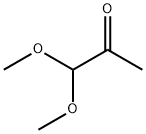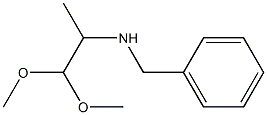
3-Methylisoquinoline synthesis
- Product Name:3-Methylisoquinoline
- CAS Number:1125-80-0
- Molecular formula:C10H9N
- Molecular Weight:143.19

6342-56-9
323 suppliers
$8.00/25g

100-46-9
486 suppliers
$5.00/5 g

1125-80-0
126 suppliers
$61.89/1g
Yield:1125-80-0 93%
Reaction Conditions:
with sodium tris(acetoxy)borohydride in 1,2-dichloro-ethane for 12 h;
References:
Bellizzi, Mary E.;Bhatia, Ashok V.;Cullen, Steven C.;Gandarilla, Jorge;Kruger, Albert W.;Welch, Dennie S. [Organic Process Research and Development,2014,vol. 18,# 2,p. 303 - 309]

60912-31-4
0 suppliers
inquiry

1125-80-0
126 suppliers
$61.89/1g

29726-60-1
43 suppliers
$45.00/10mg

1125-80-0
126 suppliers
$61.89/1g

32431-36-0
7 suppliers
$110.00/250mg

74-89-5
7 suppliers
$13.44/25ML

1125-80-0
126 suppliers
$61.89/1g

2216-67-3
35 suppliers
inquiry

63830-81-9
4 suppliers
inquiry

1125-80-0
126 suppliers
$61.89/1g